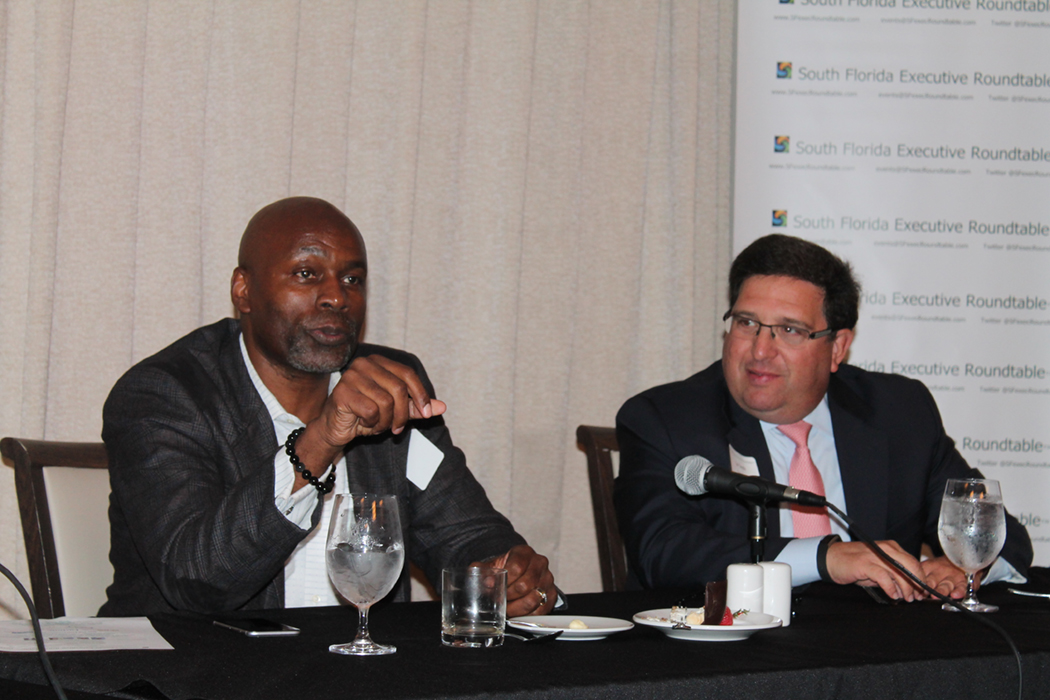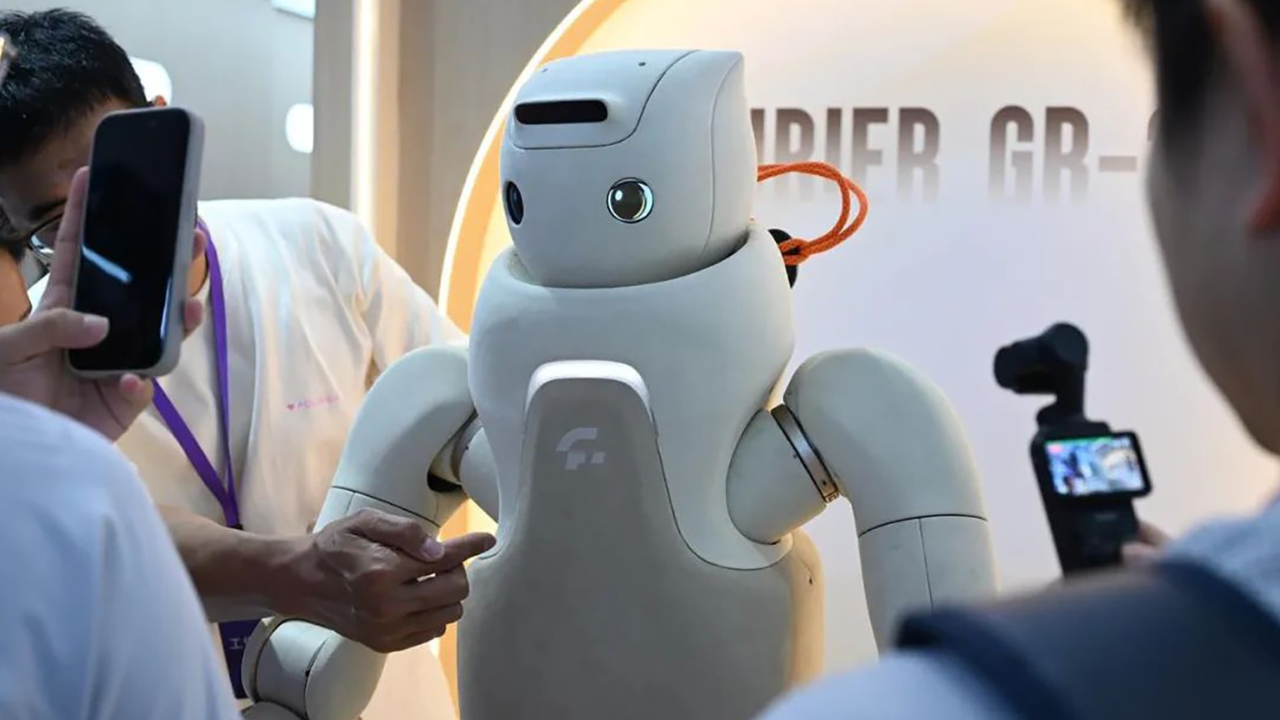The South Florida Executive Roundtable convened a veteran top-level team to talk about fostering innovation and coping with risks in a business world filled with tight budgets. The high-level gathering at Coral Gables Country Club was moderated by Geraldine Schlueter, CIO of Pet Supermarket.
The panelists:
Jesus Peña, VP and executive management team member, United Data Technologies, a South Florida IT and services company.
Gary Eppinger, global chief information security officer and privacy officer, Carnival Corp., the world’s largest cruise ship operator.
Salomon “Sal” Sredni, former CEO of TradeStation Group, which is widely used by advanced traders.
SFBW is a media sponsor of the South Florida Executive Roundtable.
Here are some of the topics panelists discussed, along with their observations and advice.
Innovation
Sredni: The larger the company is, the more I hear that they want to innovate. I think the problem is with the budgets. When you put a line item in the budget that says innovation, that’s the first sign of where I can cut costs. Innovation has to be a part of your core DNA.
Eppinger: Think about creating hackathons—bringing in a lot of smart associates for problem solving. They may not come up with the right answer, but they will come up with 10 or 15 things that lead to the answer.
Peña: Earmark certain individuals that are R&D or innovators, focusing 100 percent on what’s next around security, cloud and IT services.
Disaster Recovery
Peña: We have the ability to utilize lot of different service providers. We leverage other blinking eyes in data centers. We focus on the road map and strategy to plan and balance the risk. What can you live without for X amount of time that won’t cripple your business? That helps form your disaster recovery plan.
Eppinger: We have taken disaster recovery to another level with facilities in Texas and Miami. If something goes down, we can run our whole business from the other environment across the whole portfolio. We have to meet customer expectations 24/7/365.
Sredni: We co-located with the New York Stock Exchange and the Chicago Mercantile Exchange. Those are pretty safe locations. There is a lot of redundancy in both facilities. Clients don’t care if there is a hurricane here. They want to know the balances in their account and have somebody answer the phone.
Cybersecurity
Sredni: Anyone want to guess how long before a corporation finds worms or malware on servers? On average, it’s eight months. The problem is those guys doing all the bad things are ahead. Pretty much all the cybersecurity we have today is looking for stuff we know about. Spend a lot of money on firewalls. Do whatever you have to protect your network.
Eppinger: We have to think about the people. Back in my GE days, to test, we hired hackers on the inside and outside of the company. The outside guy got information across multiple GE businesses. The guy on the inside was able to get similar information just being set up as contractor at one GE business. They called me and said, “Can we bug the boardroom?” I said, “Take a piece of paper and write ‘You have been bugged’ and tape it under the table.” We were able to bug Jack Welch’s boardroom.
Sredni: It’s a matter of having awarenesss across every single person in an organization. Someone could leave a door open. Someone could answer a phone. Someone could give their personal email address. It’s not easy to tell folks you can’t have a phone on a network. We had different networks for different people.


Peña: We hired someone who worked at Visa and he has created a framework from a cybersecurity standpoint—not only from a planning and assessment piece, but architectural design, training and insurance.
Dealing with Data
Sredni: Ask whether you are looking at too much data and if it is relevant data. For example, traditional retail emphasizes sales per square foot, but a new Walgreens CEO said to look at sales per customer. That really exploded their growth.
Schluetter: When I was at Advance Auto Parts, data analytics found some parts failed at eight years of age for cars and that’s when they had to be in stores. Other times, they could be in the warehouse. ↵














